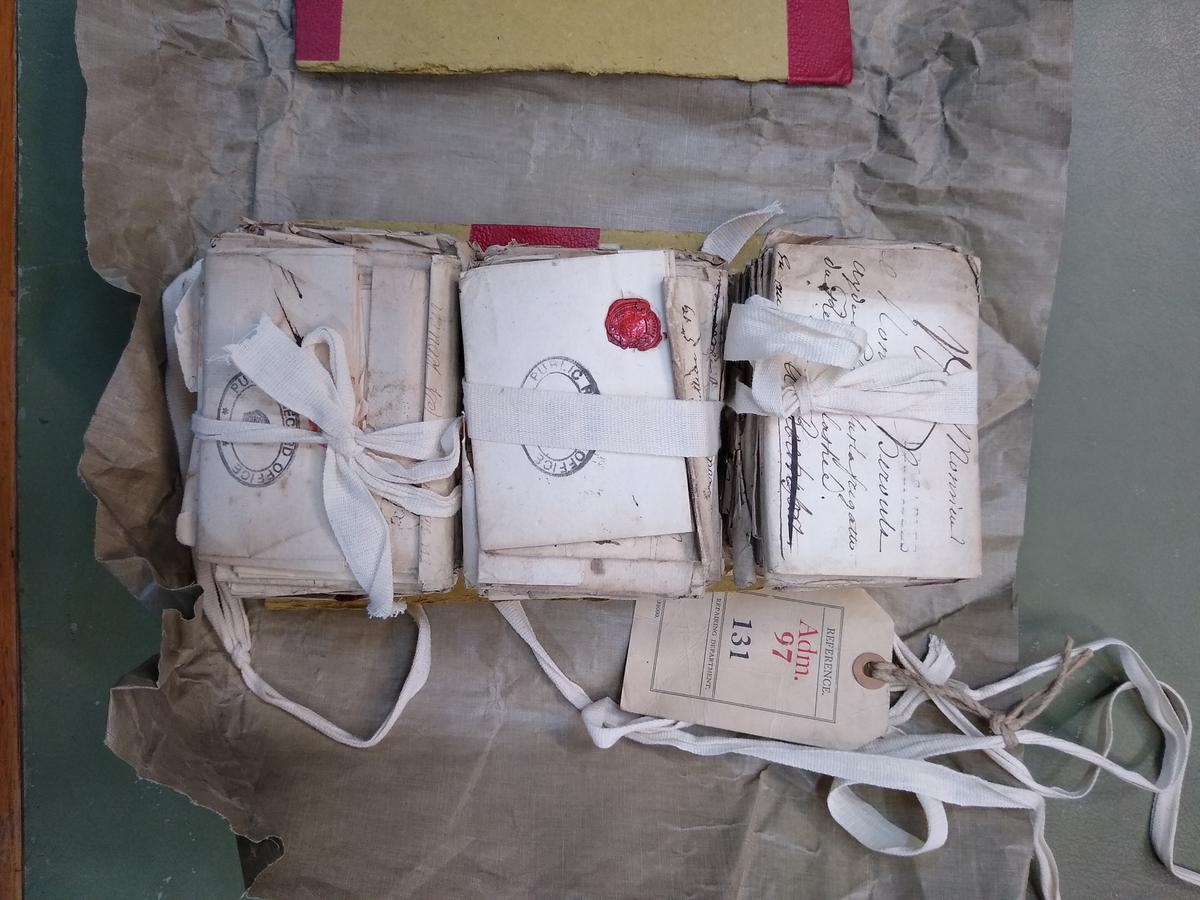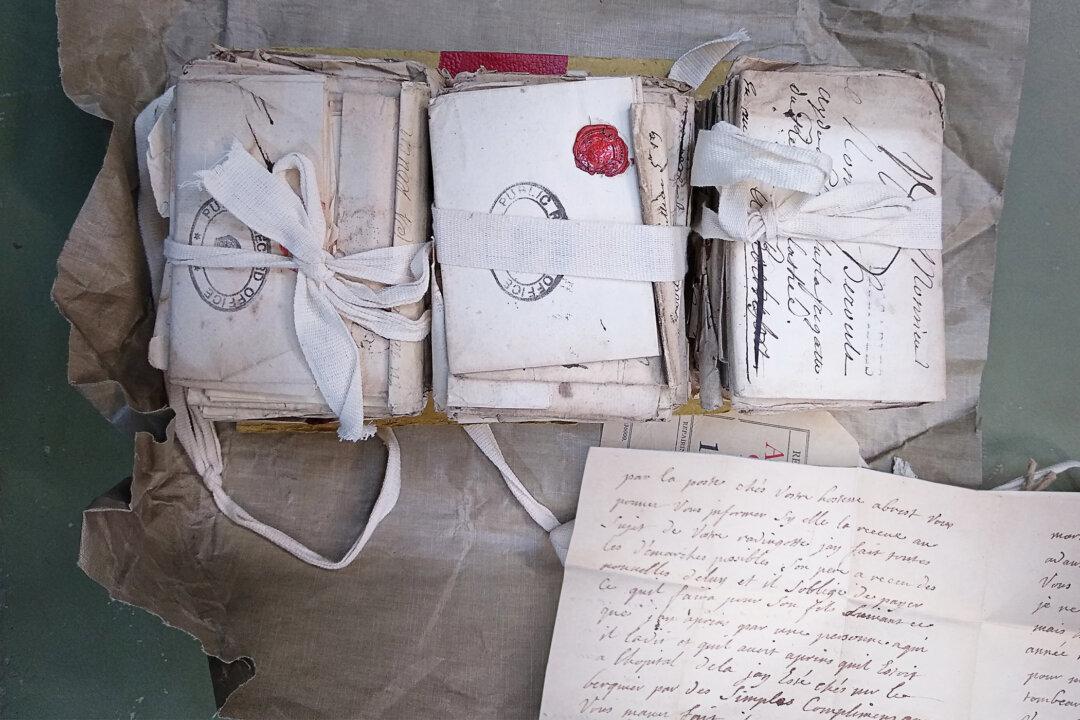Over 100 letters that were sent to French sailors—more than 265 years ago—by fiancées, wives, parents, and siblings, but never delivered, have been opened for the first time.

SWNS

Over 100 letters that were sent to French sailors—more than 265 years ago—by fiancées, wives, parents, and siblings, but never delivered, have been opened for the first time.
